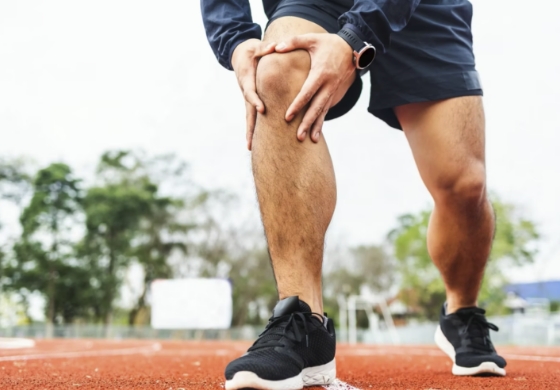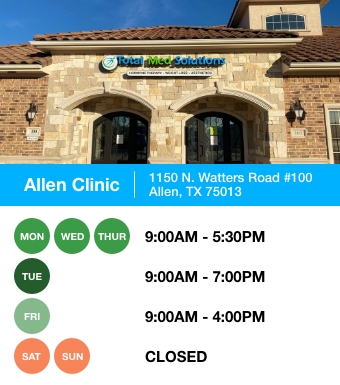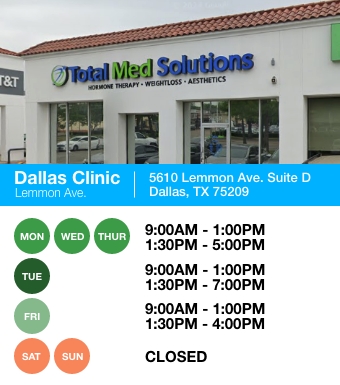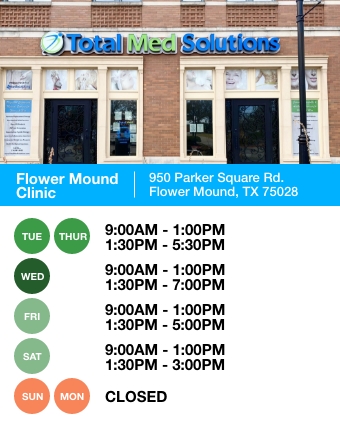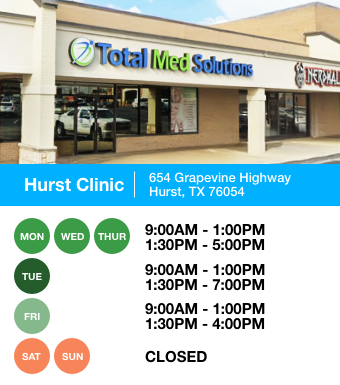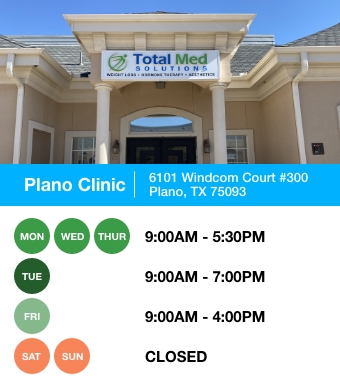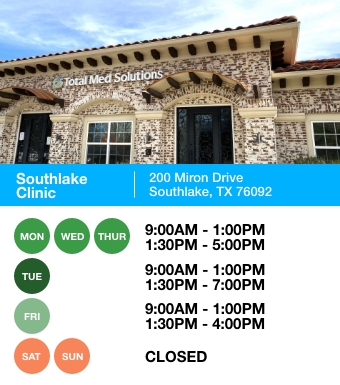After Your Treatment
-
- When can I resume physical activity?
The most important part of any stem cell therapy is adhering to your post-procedure restrictions, which are covered before your procedure. For the procedure to have the best chance to yield lasting benefit, our physician strongly recommends:
• No anti-inflammatory medications for a minimum (preferred) 6 weeks
• Rest for the first 24-48 hours, but do not lie sedentary
• It is expected to have increased pain for the first 2 days after the injection. Some degree of discomfort may last up to 2 weeks. If you are in an excessive amount of pain, please call our office.
• DO NOT soak the affected area(s) in a bathtub, pool, spa, etc. for 48 hours after the procedure. Showering is acceptable.
• DO NOT ice the injected area for at least 2 weeks after the procedure. The treatment causes an inflammatory response as part of the healing process. Using ice will inhibit the process. - Recover y Summary
In the early stages of recovery after injection (weeks 1-4), you may start with gentle myofascial release, kinesiology taping,
gentle stretching, ROM, isometrics, and mat-based core stabilization exercises. Stationary bike, elliptical, and swimming are
acceptable early in the recovery phase. Avoid traction, heavy load or resistance, and Non-Steroidal Anti-Inflammatory Drugs
(NSAIDs) the first four weeks of recovery. Ultrasound/STIM/TENS units are not suggested for therapy during this time.
In weeks 4-8, you can progress to more activity and gradually add more resistive load to workouts. This is a great time toincorporate core yoga, Reformer Pilates, TRX, and light weights, with a gradual increase in resistance (50-75% of pre-
injection workouts). Avoid any forceful rotation or manual manipulation.Remember that good healing during the first two months after the procedure will give you the best chance for success.
The cells are fragile, and you need to be cautious that you don’t overload them or cause too much stress or shearing on
them. Have your physical therapist call us with any questions.
In general, we always try to look at more than one injured part. As a result, it is very likely we will recommend other
types of conservative care to restore normal biomechanics. This might include physical therapy, gait/grip
strengthening, different types of myofascial release, and specific home exercises.
Every case is unique and side effects differ for each person. Some patients may experience more pain and inflammation
than others; please contact us if you have any questions or concerns. Certain joints and body areas can be more painful to
inject, such as the ankles/thumbs/toes. Expect varying degrees of pain in the first few days after the procedure and treat
with ice and prescribed medication if necessary. Contact your provider if your severe pain lasts for more than a few days - Weeks 1 & 2
Restrict yourself to light activity and the tasks of daily living. You will be sore, but it is better to move than to be
completely sedentary. Use pain as your guideline. In the early weeks of regenerative healing, your body’s natural
inflammatory process will use cytokines, leukocytes, proteins and inflammation to create a “scaffold” for the cells to bind
to. The cells are just starting to form and divide, so you want to be very cautious and avoid overloading, shearing, or
compression on the joint that was· injected. Avoid too many frequent stairs, if possible (for hip and knee injections), and
limit lifting to 5-10 pounds on occasion.
No running or weightlifting the first two weeks! Minimize load, compressive forces, and torque on the joints and discs.
Range-of-motion and gentle stretching exercises are appropriate. Light and easy walking can be very helpful to
minimize soreness for spine patients. Manage muscle soreness and spasms with heat (hot shower, heating pad) and
inflammation from procedure with ice.
NO NSAIDS! This includes but is not limited to Topical and/or Oral: Ibuprofen, Aleve, prescribed anti- inflammatory
medications, over the counter supplements such as: Turmeric/CBD/Arnica and/or natural “anti-inflammatory” remedies!
You need your body’s inflammatory process to help with healing. Walking in the pool is a nice way to get some motion; it
can unload yourjoints and be soothing. You can get in the pool once your injection sites are healed. Use a kick board, buoy,
or noodle for support in the water. Kinesiology tape or additional medication may be needed to help you manage your
pain.
It is not uncommon to have increased soreness in your tissues and joints from the procedure. Mild to moderate pain is
acceptable for a few days and this can last up to 2 weeks, but severe pain is not. If your pain becomes severe, or you
cannot manage your pain with the above recommendations, contact us. - Weeks 3 & 4
Avoid repetitive loaded exercise, like stair steppers, running, or weightlifting. You may walk, use an exercise bike or
elliptical machine or swim/walk in the pool. These exercises have minimal compressive loading or pounding to joints.
Keep all workouts to less than 50 percent of normal/pre-injection distance/weight/reps. Give the new stem cells time to
implant themselves in the healing tissues. Proceed with caution; increase activity only within pain limits.
Our motto is: “If it hurts, don’t do it!” Maintain normal range of motion in injected areas with gentle exercise .Yoga,
stretching, mat Pilates,tai chi, and easy walking are perfect. Continue to manage inflammation with ice and pain
medications as directed if needed. If pain persists and doesn’t respond to other medications or treatments, you may
start taking NSAIDS after fourth week, but avoid them if you can we prefer you wait until 6 weeks to restart. Contact
Total Med Solutions if you are still having pain or difficulty with your healing. (Please schedule your 4-week follow-up appointment) - Weeks 5 & 6
Please be careful with jarring or compressive exercise and avoid shearing. No hiking on inclines or difficult, uneven
terrain. Going up hills may feel fine but coming down is difficult for an unstable joint. Continue with core stabilization
and joint stabilization exercises. You may start to increase resistance with weights, but please still be cautious. Your stem
cells are building new tissue and need oxygen/blood flow through gentle exercise but can’t tolerate being stressed by
too much exercise.You may continue with stationary bike, elliptical, stretching, yoga, Pilates, and swimming exercise.
Avoid compressive exercise such as overhead press, calf raises with weights on shoulders, squat rack, supine leg press,
prone hamstring curls, twisting, repetitive flexion/extension, dead lifts, clean and jerks, kettle bells over shoulder level,
box jumping, etc. If you still are experiencing pain, please back off on activity and continue to use ice. - Weeks 7 & 8
You may initiate light running exercise on even and soft terrain, a treadmill, or a track. As long as you’re not having
pain, you can slowly progress to your normal workout, but never to the point of pain in the injected area. Set yourself
up for success by maintaining some aerobic capacity without injuring the new juvenile stem cells. Avoid shearing or
over compressive exercises. Continue to increase core and joint strengthening for optimal stabilization. Continue to use
ice for pain and inflammation as needed. - Months 3- 6
The stem cells are now at their peak of healing potential; help them heal you by not overdoing it. Walking, biking, yoga,
stretching, and light weights are appropriate. Be careful with distance running. Get yourself strong to support your joints.
Continue to use caution with compressive activity, twisting, planting and pivoting, overhead activity, and repetitive
motion. Consider physical therapy if you need guidance on proper exercise to protect your joints and injection site(s) as
you continue to heal.Contact your provider at (214)987-9200 if you have any questions or concerns.
- When can I resume physical activity?


